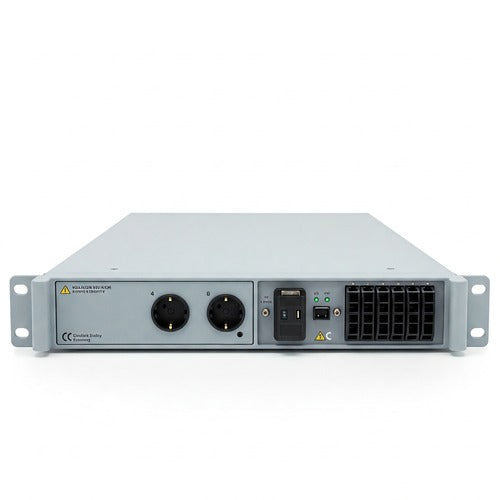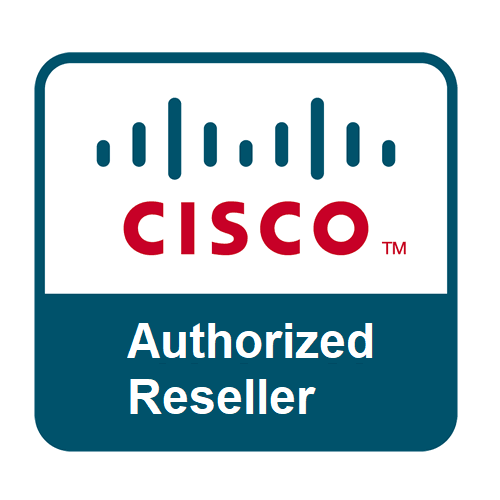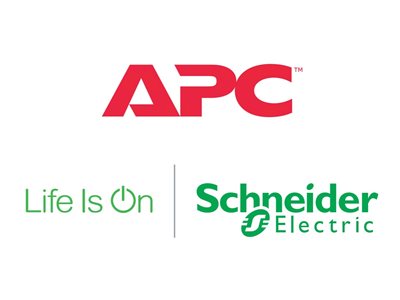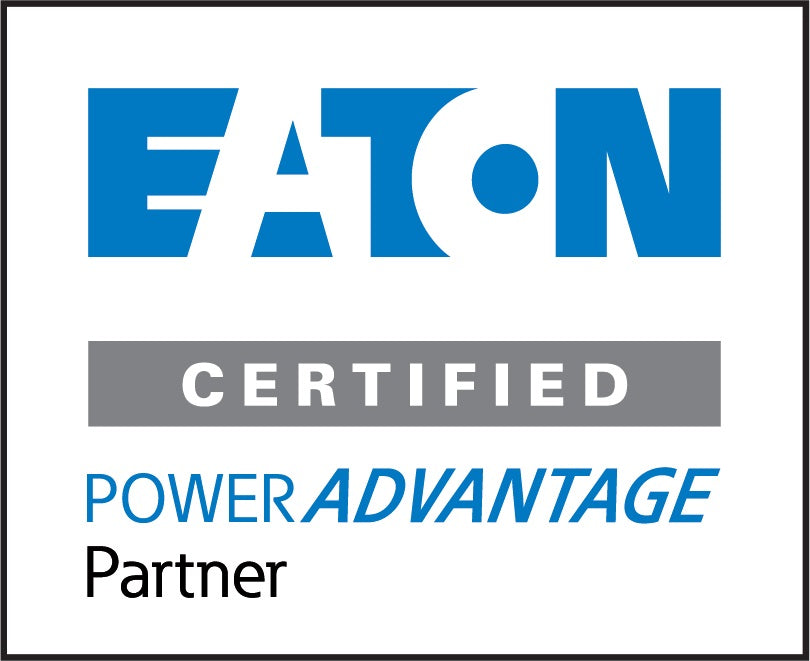Powering Up Your Understanding: A Guide to Different Types of PDUs and Their Uses
In the complex world of data centers and server rooms, one piece of equipment often goes unnoticed but plays a crucial role in keeping everything running smoothly: the Power Distribution Unit (PDU). Simply put, a PDU is a device that distributes electrical power to multiple devices from a single power source. However, the world of PDUs is more nuanced than it might seem. Understanding the different types of PDUs and their specific uses is essential for optimizing power management, enhancing efficiency, and ensuring the reliability of your critical infrastructure.
Let's dive into the key categories of PDUs:
1. Basic PDUs: The Foundation
- What they do: Basic PDUs provide reliable power distribution to multiple outlets. They essentially act as an extension cord for your rack-mounted equipment, offering a convenient way to plug in numerous devices.
- Features: Typically include multiple outlets (various types like NEMA 5-15R, NEMA L5-30R, IEC C13, IEC C19), circuit breakers for overload protection, and sometimes a basic on/off switch.
- Uses: Ideal for situations where simple power distribution is required without the need for advanced monitoring or control. Suitable for smaller server rooms, network closets, or any environment where cost-effectiveness is a primary concern.
2. Metered PDUs: Gaining Visibility
- What they do: Metered PDUs build upon the functionality of basic PDUs by adding the capability to monitor the overall power consumption of the PDU.
- Features: Include a local digital display that shows real-time current (amps) being drawn. Some advanced metered PDUs might also display voltage and power (kW).
- Uses: Beneficial for understanding the power load within a rack, identifying potential imbalances, and ensuring you're not exceeding the capacity of your power circuits. This helps with capacity planning and preventing unexpected downtime due to overloads.
3. Monitored PDUs: Granular Insights
- What they do: Monitored PDUs offer more detailed insights into power usage than metered PDUs. They can track power consumption at the individual outlet level and provide this information remotely.
- Features: Equipped with network connectivity (Ethernet) and an interface (web-based, SNMP) that allows administrators to monitor voltage, current, and power consumption for each outlet. They can also often set thresholds and receive alerts for potential issues like high power draw.
- Uses: Essential for data centers and environments where granular power monitoring is critical. Allows for precise capacity management, identification of inefficient devices, and proactive troubleshooting. Remote monitoring reduces the need for physical checks and speeds up response times.
4. Switched PDUs: Remote Control at Your Fingertips
- What they do: Switched PDUs provide the functionality of monitored PDUs with the added ability to remotely switch individual outlets on or off.
- Features: Include network connectivity, remote monitoring capabilities, and the ability to control power to individual devices through a web interface or other management tools.
- Uses: Offers significant advantages for remote management. Allows administrators to reboot hung servers, power cycle equipment, or disable unused devices remotely, saving time and travel costs. Useful for security purposes by cutting power to specific devices when needed.
5. Intelligent PDUs: The Smart Power Hub
- What they do: Intelligent PDUs represent the most advanced category, often combining the features of monitored and switched PDUs with enhanced capabilities for environmental monitoring, energy management, and automation.
- Features: May include sensors for temperature, humidity, and airflow. They can integrate with other data center management systems and offer advanced features like outlet locking, user access control, and the ability to schedule power cycles. Some even offer more sophisticated metering accuracy and billing-grade capabilities.
- Uses: Ideal for large, high-density data centers where maximizing efficiency, optimizing energy consumption, and maintaining strict environmental control are paramount. They provide a comprehensive view of power and environmental conditions, enabling data-driven decision-making.
Choosing the Right PDU for Your Needs:
Selecting the appropriate PDU depends on several factors, including:
- Budget: Basic PDUs are the most cost-effective, while intelligent PDUs come with a higher price tag.
- Power Monitoring Requirements: Do you need basic awareness, granular outlet-level data, or advanced analytics?
- Remote Management Needs: Do you need to remotely control power to individual devices?
- Scalability: Consider your future growth and choose a PDU that can accommodate your expanding needs.
- Outlet Types and Density: Ensure the PDU has the correct outlet types and a sufficient number of outlets for your equipment.
In Conclusion:
PDUs are more than just glorified power strips. Understanding the different types available and their specific functionalities is crucial for building a resilient and efficient IT infrastructure. By carefully considering your power management needs and investing in the right type of PDU, you can optimize power distribution, enhance uptime, and gain valuable insights into your energy consumption. Don't let this unsung hero of your data center go unnoticed – choose wisely and power up your understanding today!







